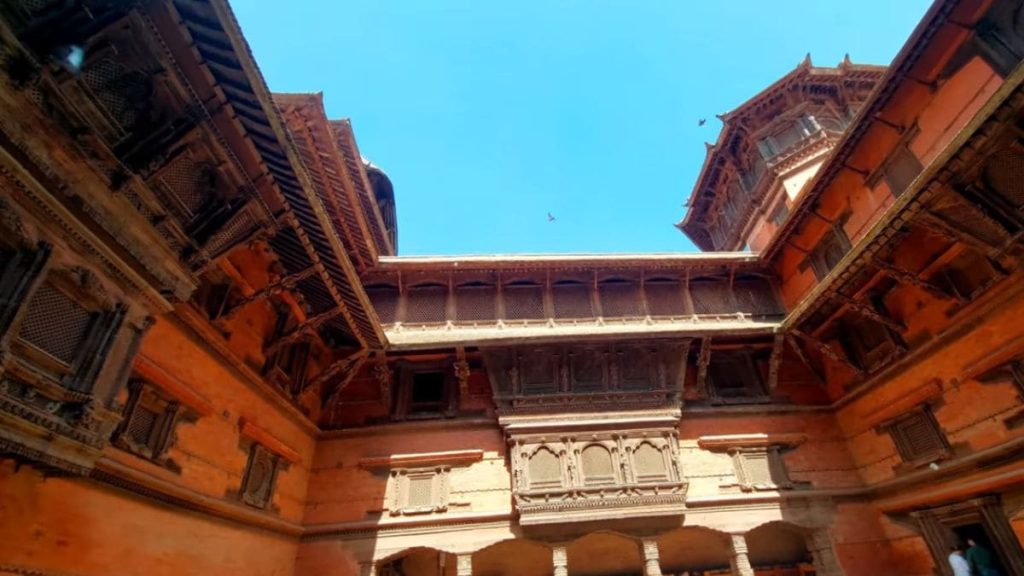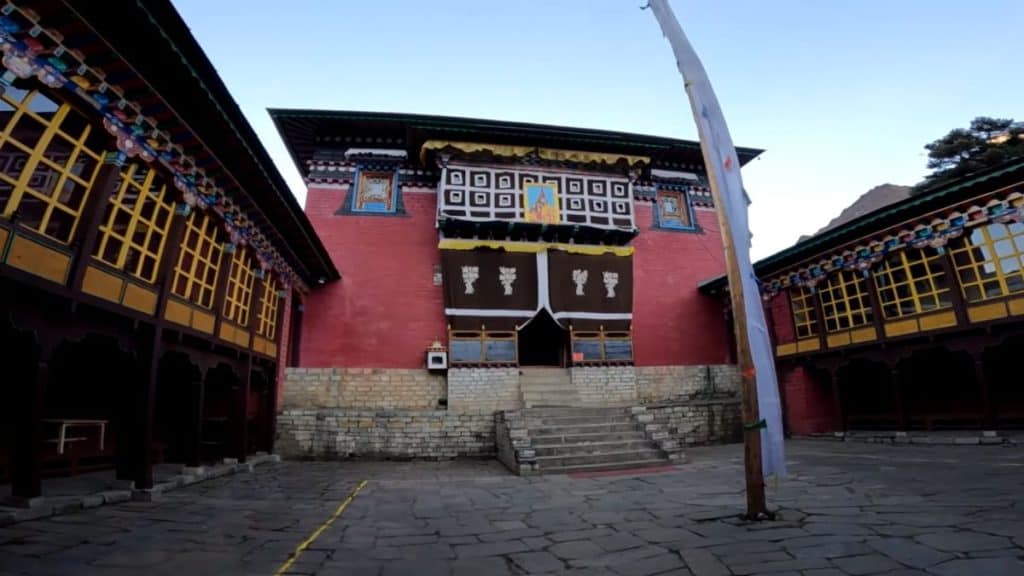The traditional architecture of Nepal – For most of the last millennium the compact valley of Kathmandu Nepal. It has been home to three kingdoms are Kathmandu, Bhaktapur, and Patan. They were known in the Malla era, Kantipur, Bhadgaon, and Lalitpur.
The rivalry between the three, no more than a day’s march from each other, has bestowed the valley with a remarkable architectural legacy.

Quick Links
Some Famous Traditional Architecture of Nepal
To fully appreciate the dizzying scale and painstaking details of the Dubar squares of Kathmandu, Bhaktapur, and Patan. You will have to spend at least a day in each.
The design of the Newar palaces is based on the same principles walls enclosing a central courtyard. But in the case of the palaces the architectural design palaces, the architectural design pales in comparison with the carvings that decorate them.

Some of the famous traditional architecture styles in Nepal include:
Newar Architecture
The Newar people of the Kathmandu Valley have a unique architectural style. Newar architecture is intricately carved in wood. Pagoda style temples, stupas, palaces and traditional Newar houses display Newar architecture. The Kathmandu Durbar Square and Bhaktapur Durbar Square are excellent examples of Newar architecture.
Pagoda Style
The pagoda architecture of Nepal is easily recognized by its pyramid-like structure. These temples are usually made of wood. It is decorated with intricate carvings. Pashupatinath Temple and Nyatopola Temple in Bhaktapur are notable examples of pagoda style architecture.
Stupa Architecture
Stupas are important religious structures in Nepal. They have a hemispherical dome with a pointed top, often containing relics of Buddhist saints or important religious artifacts. The Boudhanath Stupa and Swayambhunath Stupa (also known as the Monkey Temple) are famous stupas in Nepal.
Palace Architecture
Nepal has many historical palaces which display a mix of architectural influences including Malla, Shah and Rana styles. Hanuman Dhoka Durbar Square and Gorkha Durbar Palace in Kathmandu are examples of the architecture.

Traditional Houses
Traditional houses in Nepal are often built with locally available materials and designed to withstand the region’s seismic activity. They have overhanging balconies, intricate woodwork and brick walls. Bandipur village is known for well preserved traditional houses.
Gompas and Monasteries
In regions with a significant Tibetan Buddhist influence, such as the Mustang and Solu-Khumbu districts, you can find impressive gompas (monasteries) that display a blend of Tibetan and Nepali architectural elements. The Tengboche Monastery in the Everest region is a notable example.

Hindu Temples
Nepal’s architectural landscape also includes Hindu temples built in various styles. The above-mentioned Pashupatinath Temple, dedicated to Lord Shiva, is a prominent example. These temples often feature intricate carvings depicting Hindu deities and stories.
Lumbini Architecture
Lumbini, the birthplace of Lord Buddha, features architecture and monuments related to Buddhism. The Mayadevi Temple and the Ashoka Pillar are important structures in the architectural landscape of Lumbini.
Vernacular architecture
Scattered through the streets and squares of the Newar cities are a multitude of Hindu pagoda temples. It is argued here that local artistic expression is at its most eloquent.
The pagoda, like the mandala, is a three-dimensional representation of the universe. Like the crowded mandala thangkas, you see for sale in around the squares. The surfaces of the pagoda are a mass of carved detail of deities and demons, sometimes erotica.
See the Nyatapola pagoda in Bhaktapur, one of the valley’s few five-storied pagodas (most are three-storied), for the happy convergence of all that is best in Newar architectural design.

